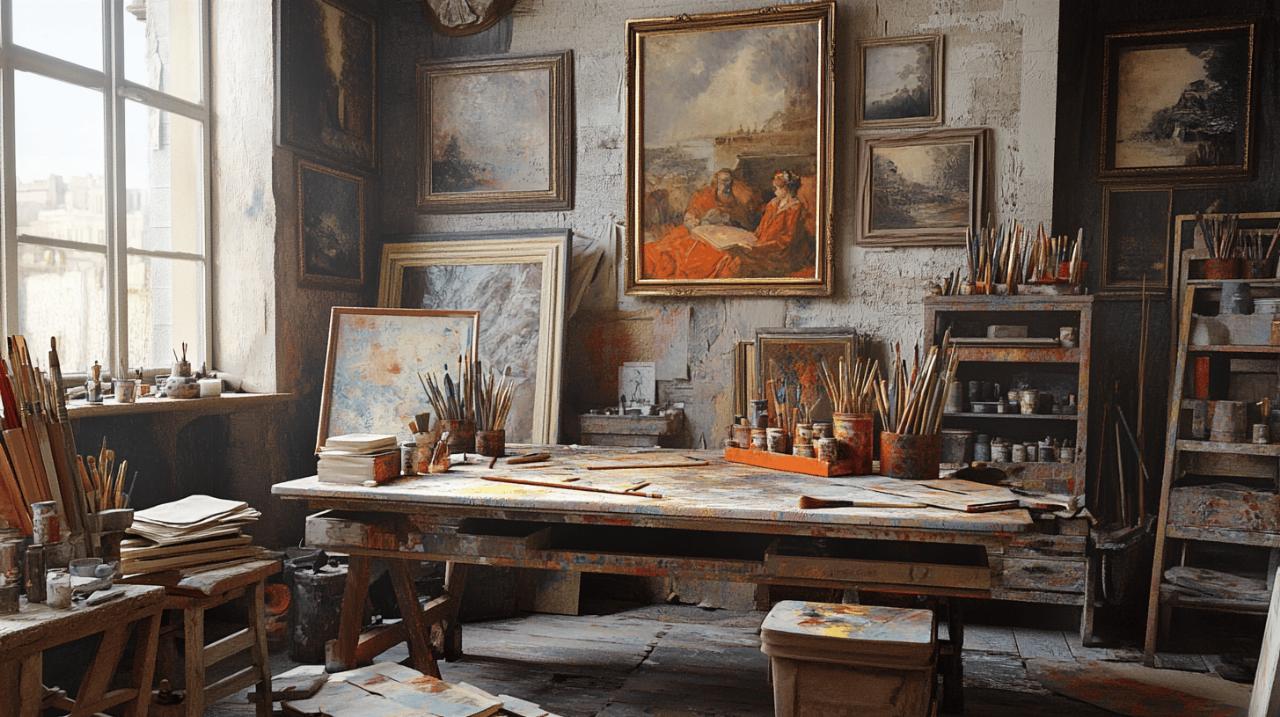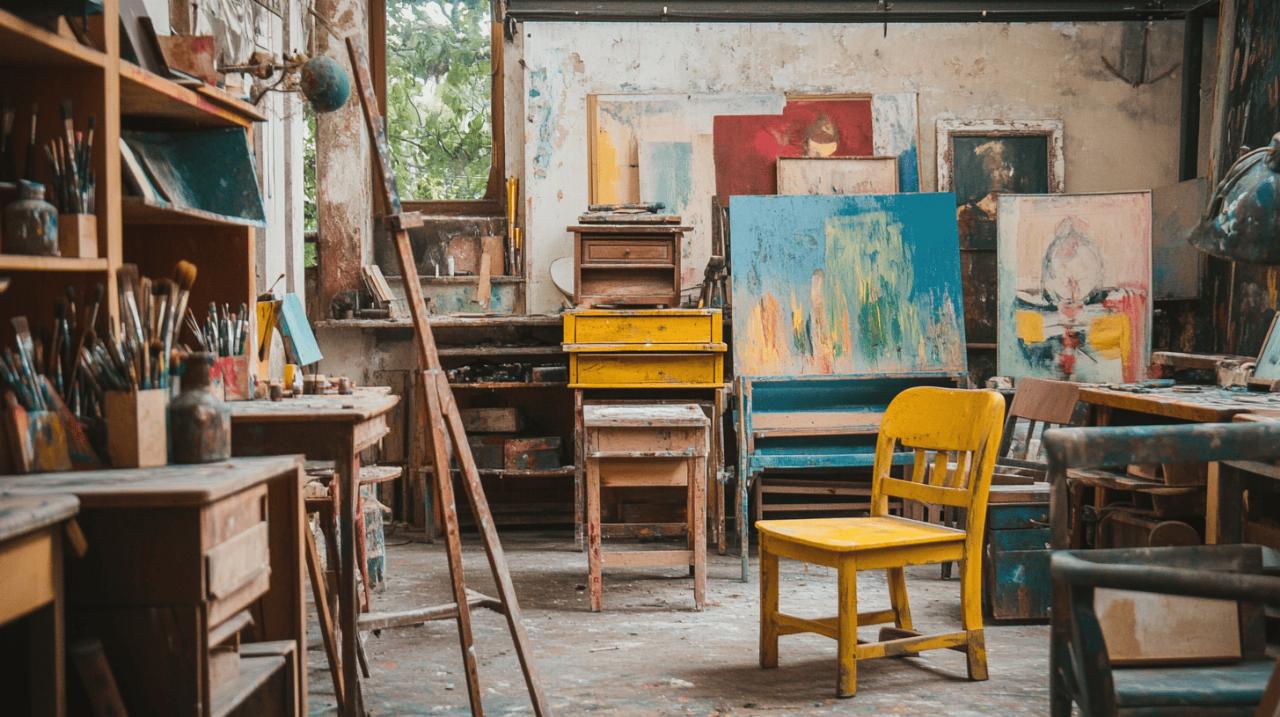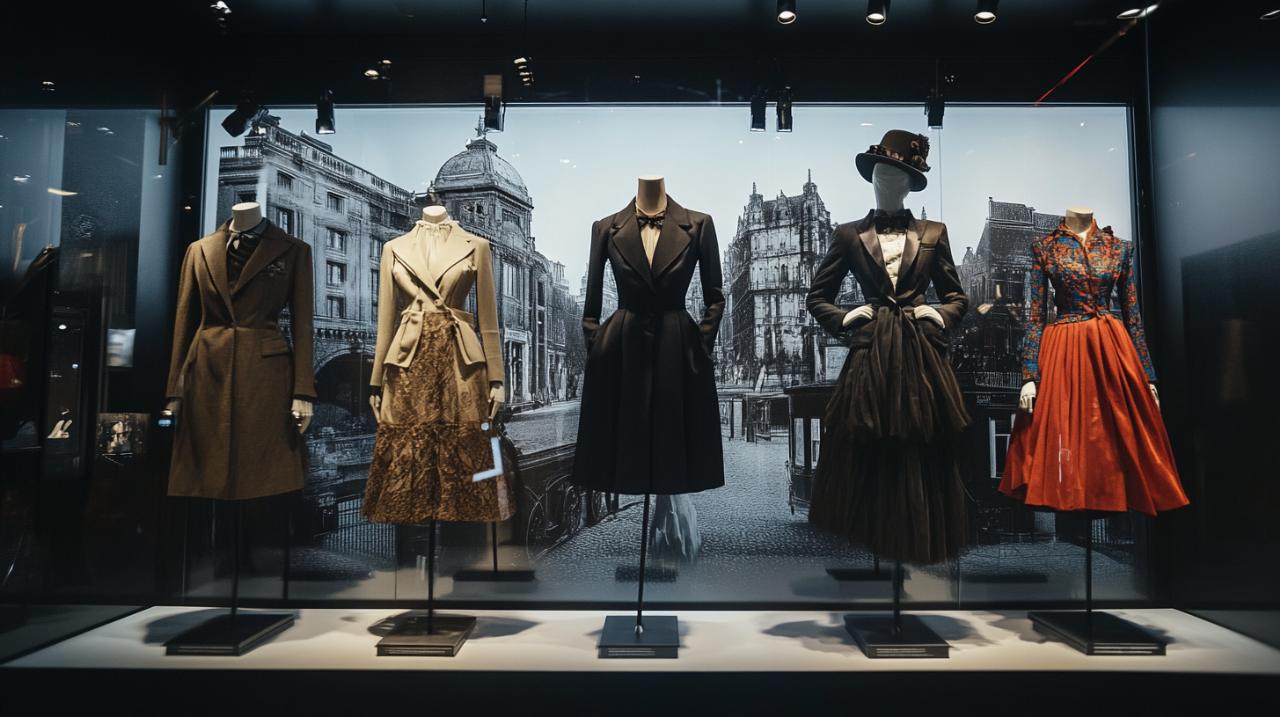Transforming old or tired PVC furniture into beautiful, refreshed pieces doesn’t require professional expertise—just the right approach and techniques. Whether you’re looking to update outdoor plastic chairs or give indoor PVC furniture a new lease on life, proper painting can yield remarkable results. Before diving into your next home improvement project, understanding the essential steps will ensure your upcycled furniture stands the test of time.
Preparation: The Foundation for a Perfect Finish
Success in painting PVC furniture begins long before the first brushstroke. The condition of your furniture’s surface directly impacts the quality and longevity of the paint job. For inspiration and more decoration ideas, you might want to explore resources like https://www.complementosdedecoracion.es/, which offers extensive guidance on furniture restoration projects.
Thorough cleaning techniques for pvc surfaces
Proper cleaning removes oils, dirt, and residues that would otherwise prevent paint adhesion. Begin by wiping down the entire piece with a mixture of sugar soap and warm water, which effectively cuts through grime without damaging the plastic. For stubborn marks or stains, a mild degreasing agent can be employed. After washing, rinse thoroughly with clean water to remove any soap residue and allow the furniture to dry completely—typically several hours in warm conditions or overnight in cooler weather.
Creating texture: proper sanding methods
Sanding creates a textured surface that helps paint bond effectively to the smooth PVC material. Use medium-grit sandpaper (around 220-grit) and work in small, circular motions across the entire surface. The goal is not to remove material but to create microscopic scratches that give the primer and paint something to grip onto. After sanding, wipe the furniture with a damp cloth to remove dust particles, then allow it to dry completely before moving to the priming stage.
Priming and paint selection
The success of your furniture upcycling project hinges significantly on using appropriate products designed specifically for plastic surfaces. This stage requires careful consideration to ensure lasting results for your DIY project.

Understanding PVC-specific primers and their application
A specialized plastic primer creates a chemical bond with the PVC surface that regular primers cannot achieve. Look for products explicitly labeled for use on plastic or PVC materials. Apply the primer using even, sweeping motions with either a high-quality synthetic brush or a spray primer for more uniform coverage. One thin, complete coat typically suffices, though particularly glossy or smooth surfaces might benefit from a second application after the first has dried completely according to the manufacturer’s instructions.
Choosing quality acrylic paints for lasting results
For optimal results in plastic furniture painting, select 100% acrylic latex paints or specialized plastic paints. These formulations offer superior flexibility, allowing them to expand and contract with the PVC material as temperatures change without cracking or peeling. For outdoor furniture, choose exterior-grade acrylic paints with UV protection to prevent fading and weather damage. Consider satin or semi-gloss finishes which tend to be more durable and easier to clean than matte options.
Professional application techniques
The application process determines whether your painted PVC furniture looks professionally finished or amateur. Patience and proper technique during this phase yield superior results in your furniture restoration efforts.
Mastering the thin-layer approach
Apply multiple thin coats rather than attempting to achieve coverage in one thick layer. Thin applications prevent drips, bubbles, and uneven texture that often occur with heavy coats. Use long, smooth strokes in a single direction, and avoid overworking the paint once applied. For spray applications, maintain consistent distance and movement to prevent concentrated spots. Allow each coat to set slightly before applying the next layer for optimal bonding between coats.
Proper drying times between coats
Rushing between coats leads to numerous problems including tackiness, bubbling, and premature peeling. Follow the paint manufacturer’s recommended drying times, which typically range from two to four hours between coats in ideal conditions. Temperature and humidity significantly affect drying times—cooler or more humid environments require extended drying periods. The final coat should cure for at least 24 hours before light use and up to 72 hours before subjecting the furniture to regular handling.
Finishing touches and protection
The final stage of your plastic surface preparation involves protecting your work to ensure it withstands daily use and environmental factors, completing your home improvement project with professional results.
Sealant options for different environments
While modern acrylic paints often include protective qualities, adding a dedicated sealant extends the life of your painted PVC furniture significantly. For indoor pieces, water-based polyurethane provides excellent protection against scratches and minor impacts. Outdoor furniture benefits from clear marine-grade sealants that offer superior UV and moisture resistance. Apply sealants in thin, even coats using a foam applicator to avoid brush marks, allowing complete drying between applications.
Maintenance tips for freshly painted pvc furniture
Proper maintenance preserves your newly painted PVC furniture for years. Clean surfaces gently using mild soap and water, avoiding abrasive cleaners or scrubbing tools that might damage the paint film. For outdoor pieces, consider protective covers during severe weather or seasonal storage. Touch up any chips or scratches promptly to prevent moisture from penetrating beneath the paint layer. With proper care, your painted PVC furniture can maintain its refreshed appearance for many seasons, making your construction and decoration investment worthwhile.




